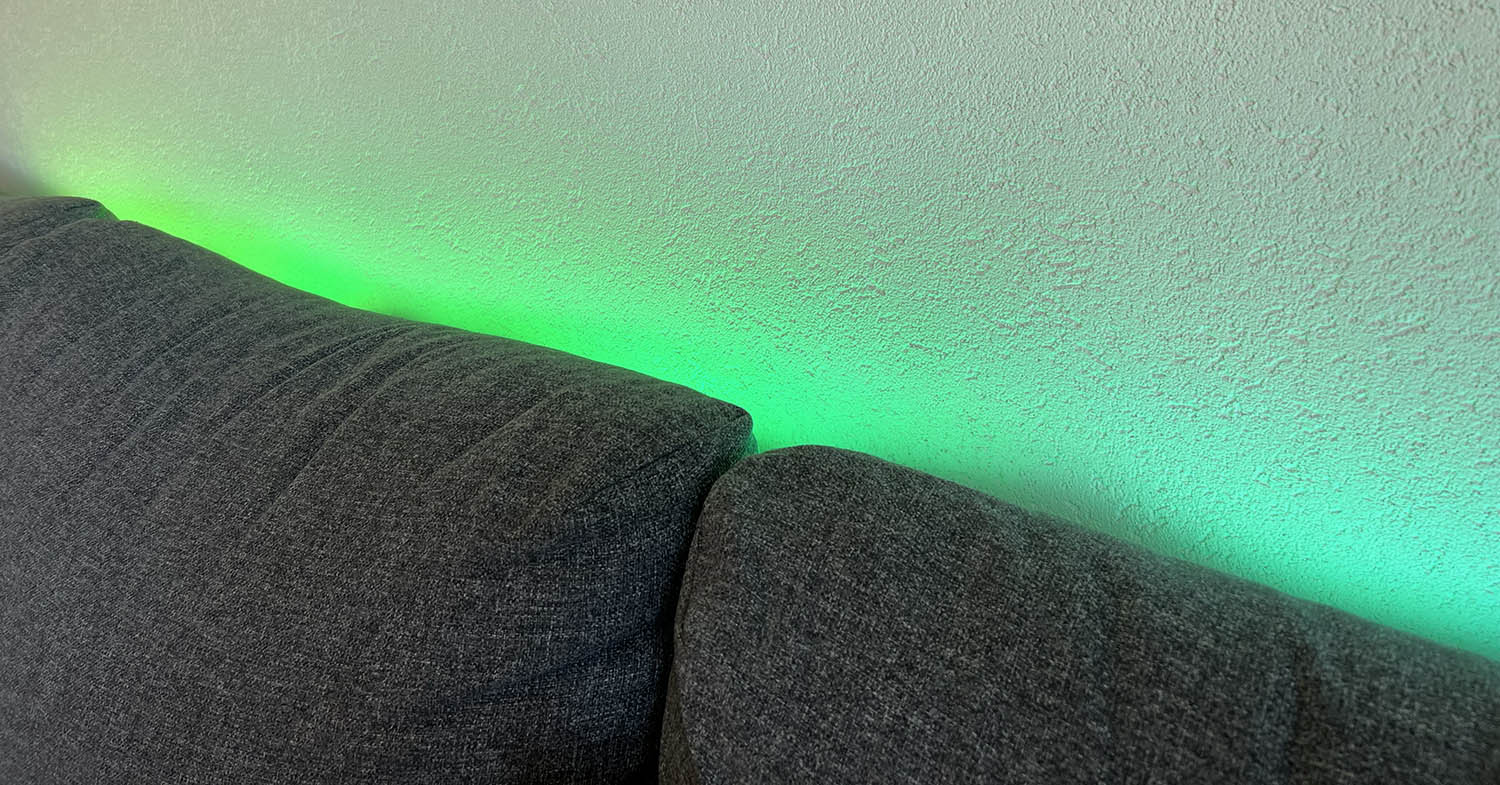In a few hours we will have the opportunity to enjoy one of the moments most anticipated by the community of astronomers. The European Space Agency intends to make a live broadcast with the aim of showing new images that come from the most unknown universe. They are expected to be some of the most striking images in recent times, especially given precedent and expectations.
Tomorrow, May 23, you have a date of guaranteed enjoyment with the cosmos. The ESA (European Space Agency) has announced that it will begin a special broadcast at 12:00 noon. It will be an opportunity to see some of the discoveries that have been made with the use of Euclid, the powerful space telescope.
How to see it and what to expect?
The way to watch it will be as simple as connecting to the YouTube video that we leave you embedded below and which will be broadcast live tomorrow. Right now there is a preview with the counter of hours left until it begins, and you can also set a reminder so that, when the time comes, you don’t miss the appointment.
What we will see will be, on the one hand, five images that the telescope has captured and that will show us the deepest part of the universe, those unknown elements that are unreachable with other tools. Experts speak of them as portraits of the cosmos that will have a formidable appearance and that will surprise you with their beauty and the strangeness of their composition. As ESA states, it will be an opportunity to unravel the mysteries of the cosmos, something that no one should miss. In addition to the images, 10 study documents that have been made with the latest data captures and research carried out around the work of this telescope will also be presented.
Observing the dark universe
Since Euclid was launched last year in 2023, work on it has not stopped at any time. Astronomers are using it for different purposes, although the main challenge has been to analyze both dark matter and dark energy, of which there is still much to discover. At the same time, the telescope’s 600 megapixel camera, together with different technological resources, such as a photometer, allow not only to capture images of immense attractiveness, but also to analyze the red shift of galaxies.
This is very important, since it is allowing scientists to have a real record of the way in which galaxies are moving away from our planet. For now, Euclid still has a lot of work to do, since virtually everything about dark matter awaits further study. Meanwhile, what we do is enjoy the images that the telescope sends and that have previously fascinated the world.

The first batch with the images that adorn this news arrived in November 2023 and had photos such as one in which we could see a group of 1,000 galaxies corresponding to the Perseus Cluster. Another photo showed us the hidden galaxy IC 342 in one of those images that you would think were created with AI, but which, in reality, is very real. Another photo showed what the irregular galaxy NGC 6822 looks like, which is also striking due to its appearance and its curious composition.
But, without a doubt, the photo that possibly had the most impact from the first batch was the one corresponding to the Horsehead Nebula, also known as Barnard 33. It is exactly the one you have below. Until that moment, a representation like this of a celestial object of this magnitude and characteristics had not been seen. It was shown that the use of Euclid allows us to shed light on unknown mysteries of the cosmos and which, until now, we had not seen in a real way.

That is why there is so much desire to enjoy the new images that will be presented in this second batch that will be shown live tomorrow. What surprises will the telescope have in store for those who want to dive a little deeper into the fantastic unknown universe?













